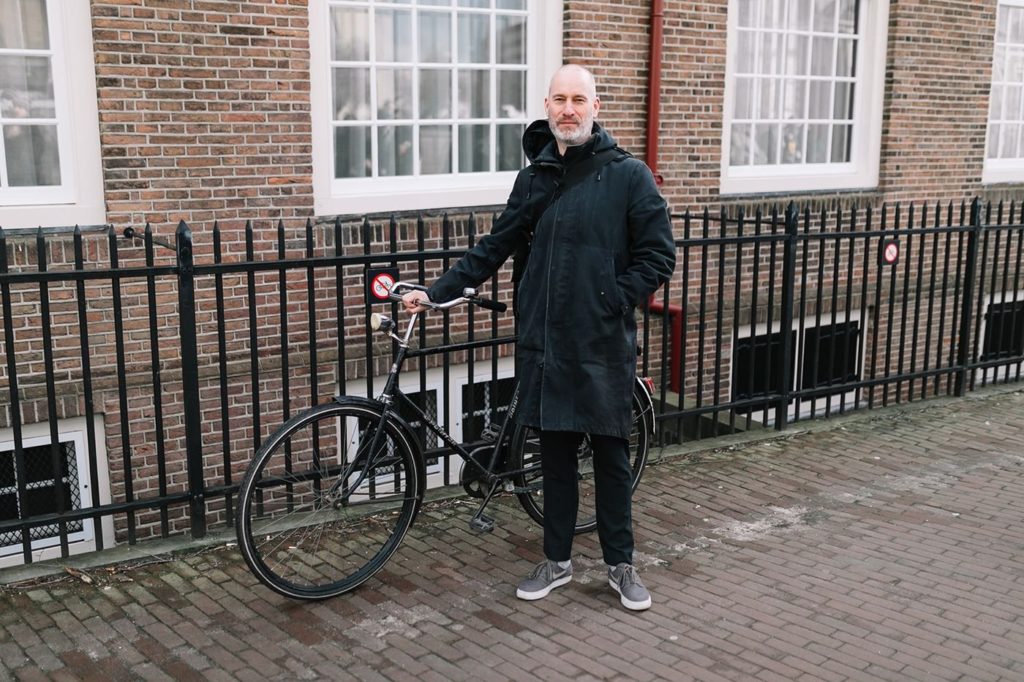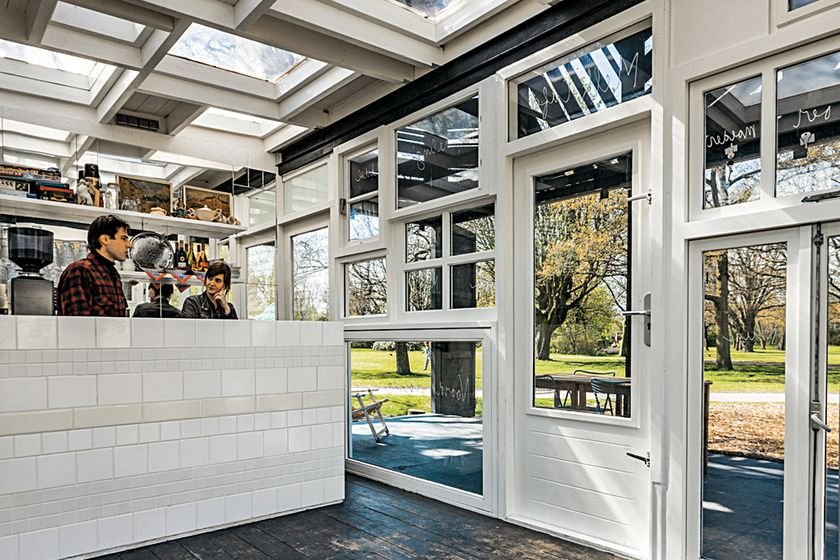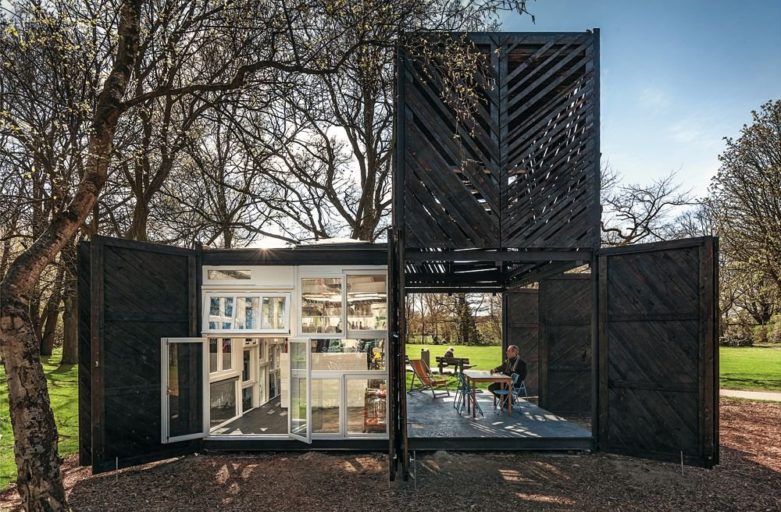At the end of April Strelka Magazine conducted an interview with Peter Van Ashe, an architect from the Netherlands, who is engaged in building houses from materials found on the Internet and sometimes discarded. Peter Van Ashe described how he came up with the idea of second hand architecture and how such an approach to materials can solve the problems of modern society.
My brother is a professional pianist. One day he asked me to design a studio near his house because the neighbors were unhappy with the constant noise at three o’clock in the morning. He asked me to build a whole barn and added: «I have not got any money, — I’m a musician.» So, I decided to look for materials on “Marktplaats”, the Dutch version of “Ebay” — people put stuff in there that isn’t needed, and others can buy it or even pick it up for free. I didn’t know exactly what I was looking for, but I decided to look for some parts of the new building. And I came across strangely shaped window frames. They were made of quality wood, were in excellent condition, and were cheap. I bought all the frames, and I had the whole facade of a barn worth only 1000 euros.

At that moment, I realized that the library of architectural solutions is not limited to standard offers from construction stores. In the architectural studio, we started to work in that direction. We did one of our projects for “The Noorderparkkamer”, a team dedicated to bringing the people of Amsterdam together. Next to their office, we built a tiny café, the facade of which was fully assembled from wooden frames found on the internet.

Now I am teaching at university, where together with the students we conceived an interesting project. We decided to consider squatting as one of the tools of the circular economy. Of course, the whole of Amsterdam has long been populated, all the buildings are occupied, and it’s like squatting has no place in it anymore. But, there are still public spaces, empty dots on the map that people walk by.
It’s important to understand that «circular economy» is not exactly the right term for what I mean. I’m not suggesting that you change everything at one point and move to a new kind of economy, thinking that everything else will remain the same. Of course, our world will change dramatically. But it’s not up to the architects.
Architects should be talking about circular thinking. After all, they produce construction waste, and it is half the world’s garbage. Today we can no longer ignore it. Circular logic is a good way to trigger change.
Source: strelkamag.com


